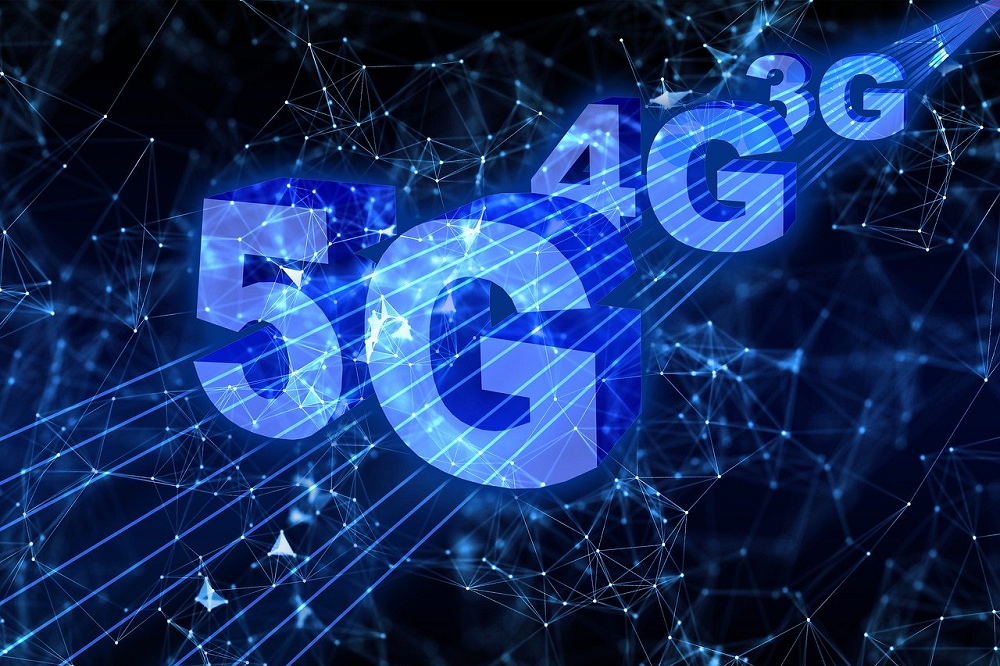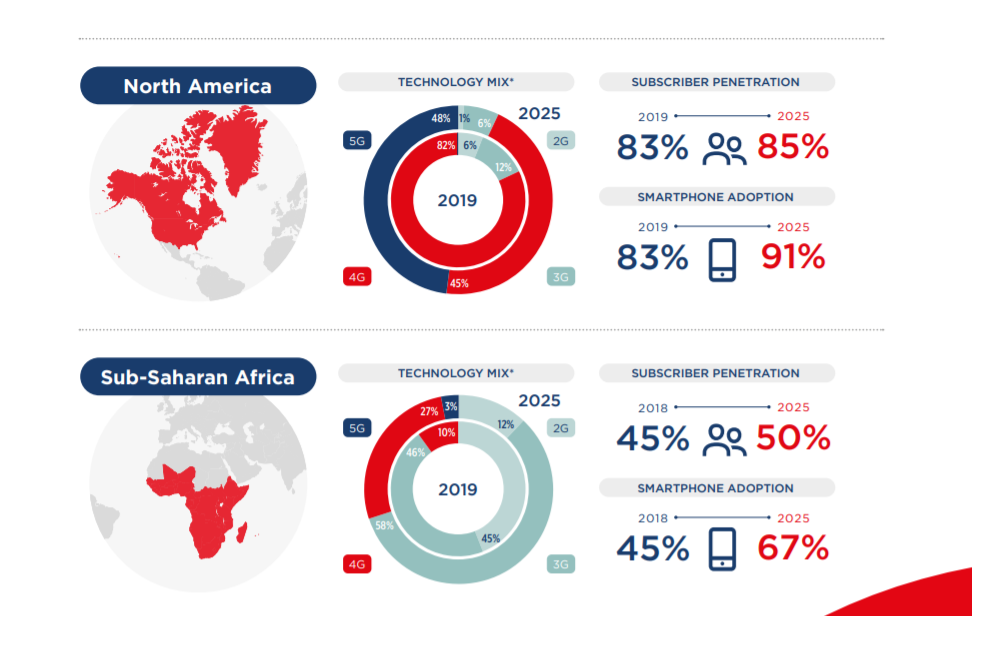
Talking about the next generation of wireless technology, 5G, sparks excitement. 5G not only changes the network architecture but brings a big leap in wireless speeds and cuts down on latency speeds compared to its predecessor, 4G.
That being the case, 5G unlocks a whole new world by providing the base upon which the world will be able to unlock the foreseeable feature of smarter devices, cities, autonomous cars, etc.
The GSM Association now says that 5G is available in 24 countries around the world. The company wrote the details in its latest Mobile Economy series report, which is used to provide the latest insights on the state of the mobile industry.
One thing to note from the report is, 5G existence doesn’t mean universal coverage. Most countries with commercial 5G networks mainly exist in urban centers.
The GSMA says consumers in few markets, like South Korea and China, are most excited about the network and are willing to upgrade. The same case cannot be said about other countries, even developed ones. The report notes that consumers in the US, Europe, and Japan “seem more content with 4G for the time being.”
“5G is still in its infancy though; as more tangible use cases are deployed, more consumers will appreciate the benefits of 5G.” In other words, consumers are yet to see a critical use case for 5G that will compel them to upgrade happily.
Aside from the fact that 5G awareness continues to spur through borders, it does not necessarily mean an intention to upgrade, says GSMA. On the subject of “awareness,” most people are limited to the higher data speeds associated with 5G, other benefits are not talked about frequently, leave alone being advertised.
Associating 5G with terms like “improved mobile service coverage,” “innovative new services,” and “connectivity for previously unconnected devices” might sound more appealing to consumers than only talking about higher data speeds.
The firm anticipates that there will be 1.8 billion 5G connections (20 percent) by 2025, led by developed Asia and the US. In Sub Saharan Africa, 5G connected devices are expected to reach 31 million, accounting for just 3 percent of the total connected devices globally.
4G still has the potential to grow and is expected to peak at nearly 60 percent of global connections by 2023.
The IoT market will highly benefit from the global adoption of 5G. GSMA predicts the number of IoT devices to increase over 2x to almost 25 billion.
The Situation in Africa
The GSMA predicts that four in five connections globally will be smartphones by 2025. In Sub-Saharan Africa, smartphone connections are expected to almost double by 2025. Currently, only 26 percent of the population is connected to the mobile internet in the region.
The firm associates the lack of skills and a large gender gap as the major obstacles to mobile internet adoption in South Asia, the Middle East, and Africa as a whole (both Sub-Saharan & North Africa). Mobile phone ownership is also a problem in Sub-Saharan Africa, with more than half of the region in the dark zone in terms of mobile penetration.

Follow us on Telegram, Twitter, Facebook, or subscribe to our weekly newsletter to ensure you don’t miss out on any future updates.


